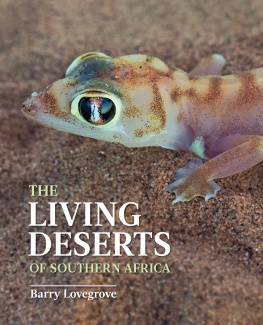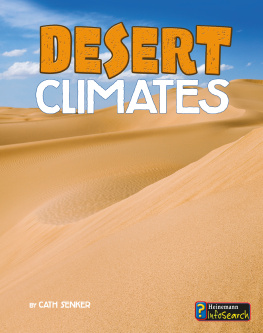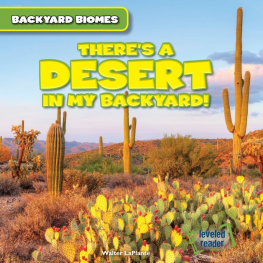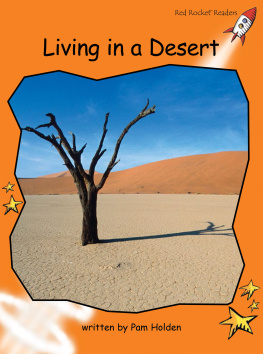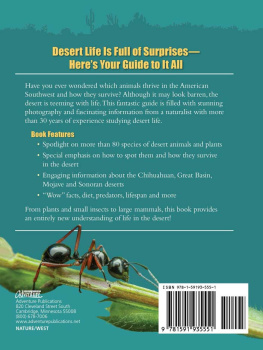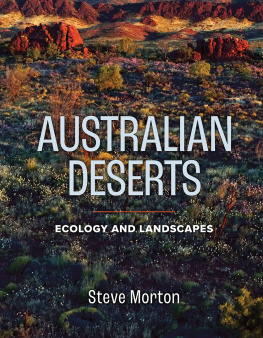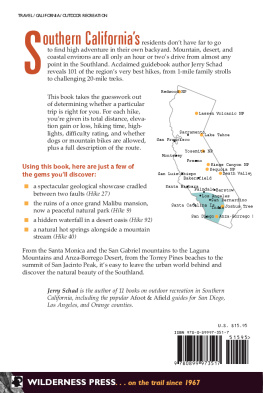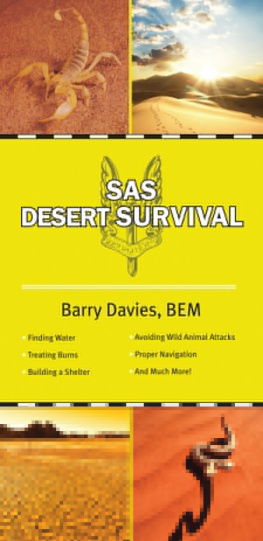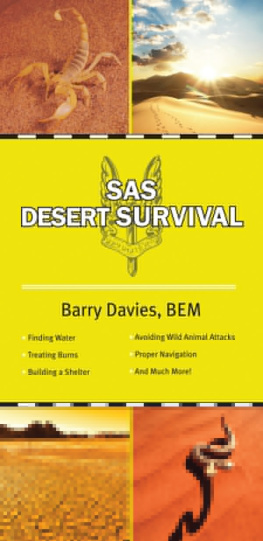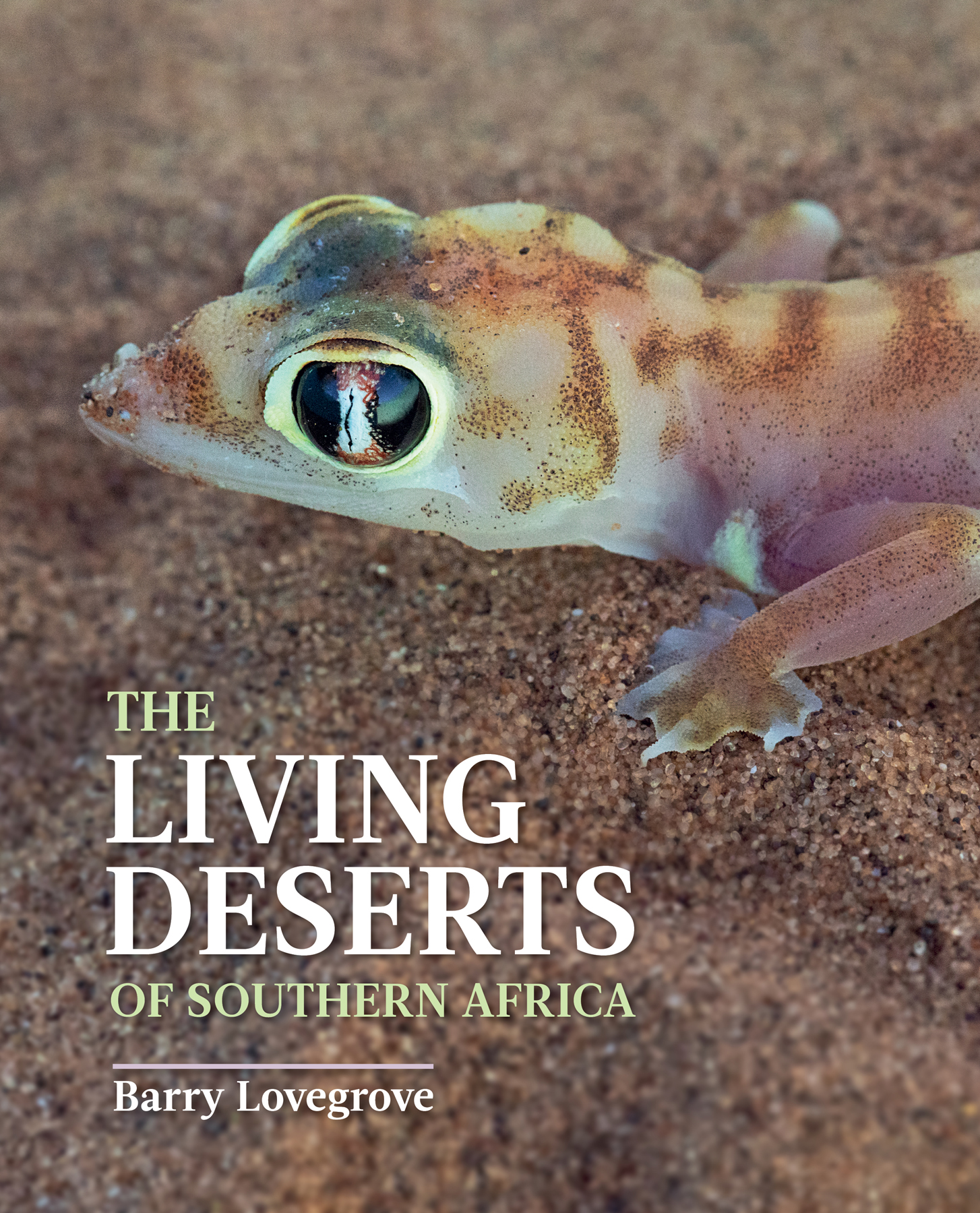Table of Contents
Guide
Dedication
This book is dedicated to Jennifer Jarvis and Gideon Louw who introduced me as a student to the wonders of sociality in desert mammals and the physiology of desert organisms, respectively.
Published by Struik Nature
(an imprint of Penguin Random House South Africa (Pty) Ltd)
Reg. No. 1953/000441/07
The Estuaries No. 4, Oxbow Crescent, Century Avenue, Century City, 7441
PO Box 1144, Cape Town, 8000 South Africa
Visit www.penguinrandomhouse.co.za and join the Struik Nature Club for updates, news, events and special offers.
First published by Fernwood Press in 1993
Fully updated, revised and redesigned edition published by Struik Nature in 2021
1 3 5 7 9 10 8 6 4 2
Copyright in text, 1993, 2021: Barry Lovegrove
Copyright in photographs, 1993, 2021: Barry Lovegrove, unless otherwise indicated
Copyright in line drawings, 1993, 2021: Loretta Chegwidden
Copyright in maps and diagrams, 1993, 2021: Barry Lovegrove, Penguin Random House South Africa (Pty) Ltd, unless otherwise indicated
Copyright in published edition, 2021: Penguin Random House South Africa (Pty) Ltd
Publisher: Pippa Parker
Managing editor: Roelien Theron
Concept and cover design: Janice Evans
Designer: Neil Bester
Cartographer: Liezel Bohdanowicz
Picture researcher: Colette Stott
Proofreader: Colette Braudo
Indexer: Emsie du Plessis
All rights reserved. No part of this publication may be reproduced, stored in a retrieval system, or transmitted, in any form or by any means, electronic, mechanical, photocopying, recording or otherwise, without the prior written permission of the copyright owner(s).
ISBN 978 1 77584 704 5 (Print)
ISBN 978 1 77584 705 2 (ePub)
Front cover: Namib web-footed gecko, Namib dune sea
Title page: Sossusvlei, Namib-Naukluft National Park
Opposite page: Ground pangolin, Tswalu Kalahari Reserve (Wendy Panaino)
Contents page: Ostriches, Kgalagadi Transfrontier Park
Spine:Conophytum species, Succulent Karoo (S Molteno / CC BY-SA 4.0, Wikimedia Commons)
Back cover: Gemsbok, Kuruman River Reserve; Author photograph (Val Adamson)

We are committed to leaving the world better than how we found it, and to building sustainable and prosperous societies. We will do this through focused engagement across the land, people and cultures we touch.

Contents

The grass Stipagrostis sabulicola grows along the lower slopes of dunes in the Namib Desert, where the water content is the highest.
I would not have considered a revision of The Living Deserts of Southern Africa, from scratch, were it not for the persistent prompting of Duncan MacFadyen, Manager Research and Conservation at Oppenheimer Generations. Thank you, Duncan, for your encouragement. I would also not have been able to undertake the task without the generous sponsorship from Strilli and Nicky Oppenheimer. My heartfelt thanks to the Oppenheimer family and their staff.
During my photographic field trips, I was assisted in various ways by many enthusiastic people: Justin and Vreyni du Toit (Middelburg); Colin and Katya Lovegrove (Barrydale); Andrew McKechnie (University of Pretoria); Pieter and Verencia Bernade (NoHeep Farm, Kamieskroon); Pieter van Wyk (Ai-|Ais/Richtersveld Transfrontier Park); Arnold Meyer, L.W. van der Merwe, Dylan Smith, Gus van Dyk, Xolani Vundla, Wendy Panaino, Thilo Beck (Tswalu Kalahari Reserve); Tim Clutton-Brock, Walter Jubber, Natasha Evans, La Sueur, David Seager, Kate Thompson, Camilla Soravia, Nickolas Pattinson (Kuruman River Reserve); Kim Prochachka, Colin Attwood, Phil and Gill Cohen (Cape Town); Marika Raves (Maltahhe Hotel); Nils Odendaal, Lee Tindall (NamibRand Nature Reserve); Gillian Maggs-Klling, Eugene Marais (Gobabeb Namib Research Institute); Ed Barthorp, Andrea Pawel, Mwalonga (Zoe) (Oana Nature Reserve); Rynand and Rosie Mudge (Windhoek). Thank you.
Several specialists assisted in identifying plants and animals for me: Rolf Becker (euphorbias), Eugene Marais (insects), Alison Young (various plants), and Andrew Young (conophytums). Thank you.
Without the generosity of many biologists and photographers, this edition of Living Deserts would have been unaffordable. I am truly grateful to those who provided me with their photographs, either at no charge or at a reduced price: Chantelle Bosch, Andrew Young, Gert Krger, Oliver Halsey, Peter Chadwick, Maria Oosthuizen, Ryno Kemp, Carsten Schradin, Galun Rathbun, Daryl Balfour, Peter Steyn, Andre Demlon, Gus Mills, Maxime Briola, Wendy Panaino, Mark Anderson, Trip Lamb, Stuart Nielsen, Timm Hoffman, Hana Petersen, Marinus de Jager, Michael Whitehead, Denis Hansen, Petra Wester, Steve Johnson, Timo van der Niet, Glen Pure, John Sibbick, Victoria Keding, Denis Hesemanse and Nils Odendaal. Thank you.
A special word of thanks must go to Val Adamson, for the author photograph on the back cover.
I am grateful to Tony Weaver for reviewing .
At Penguin Random House I would like to thank Pippa Parker, publisher of Struik Nature, and the rest of her publishing team Roelien Theron, Neil Bester and Colette Stott for their diligence and their professional and creative guidance throughout the making of this book. Thanks, also, to Liezel Bohdanowicz for her superb maps and diagrams.
Lastly, I am very grateful to my partner, Christopher Duigan, for holding the fort on my long absences from home and for making it easy for me to work from home in my own office.

A meerkat, having climbed up a camel thorn tree, keeps a lookout for predators. Meerkats take turns to act as sentries so that the rest of the group can forage at ease.
Twenty-eight years have passed since Fernwood Press published the first edition of The Living Deserts of Southern Africa in 1993. I was young and unemployed when I wrote the book, and my head was stuffed with the science behind how animals and plants have adapted to living in arid and desolate regions a passion I wished to share with others who love deserts. Now I am older, wiser, retired, but no less fascinated by the remarkable deserts in our region.
As the first edition relied on design and printing technologies that are now dated, I was faced with the daunting task of starting from scratch, recreating the text and all the visual components that made up the earlier book about 500 photographs, maps and diagrams. Understandably, I delayed this quest very pleasant, as it turned out until retirement. I undertook four photographic field trips in 2019 and 2020 and, wherever I travelled, in Namaqualand, the Kalahari and the Karoo, I was humbled to learn that in the intervening years

